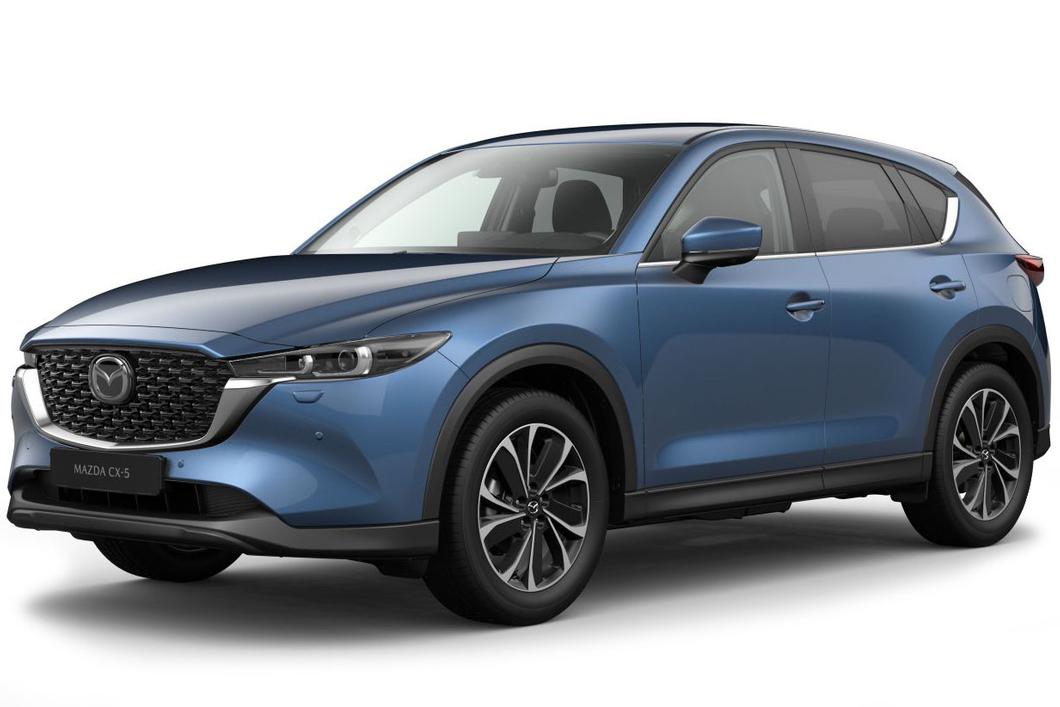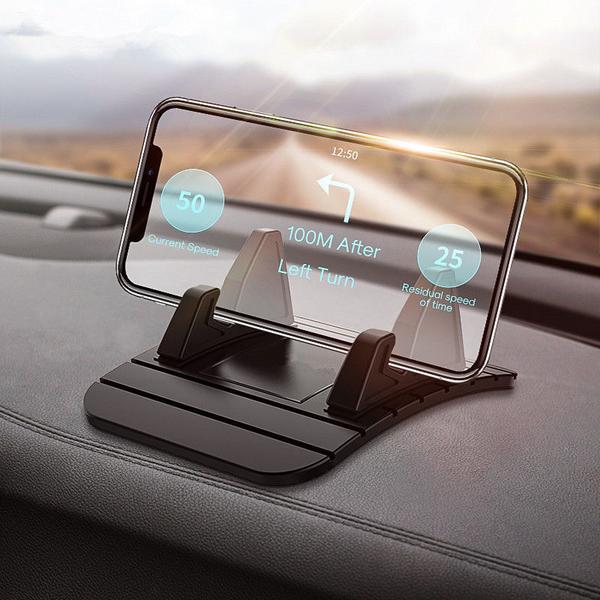
Mazda CX-5 II generation - classic elegance
The first generation was attractive and stunning on the road, making it a true bestseller. The second generation looks even better, but does it ride just as well?
We can say that Mazda already has a small tradition of producing SUVs - quite popular and successful in addition. The first generations of the CX-7 and CX-9 featured streamlined bodies, while the smaller generations featured powerful supercharged gasoline engines. Then came the time for smaller models, more popular in Europe. In 2012, the Mazda CX-5 debuted on the market, beating (and not only) domestic rivals in handling and not giving buyers too much to complain about. So it's no surprise that this Japanese SUV has found 1,5 million buyers around the world so far, namely in 120 markets.
It's time for the second generation of the compact CX-5. Although design is a matter of taste, the car cannot be blamed too much. The forward-facing hood and distinctive grille, combined with the squinted eyes of the adaptive LED headlights, give the body a predatory look, but the drag coefficient has been reduced by 6% for the new generation. Positive impressions are warmed up by the new three-layer lacquer Soul Red Crystal, which is visible in the photographs.
Mazda CX-5 first generation was the first model of the Japanese brand, fully made in accordance with the philosophy of Skyactiv. The new model is no exception and is also built on the same principles. At the same time, Mazda practically did not change the dimensions of the body. The length (455 cm), width (184 cm) and wheelbase (270 cm) remained the same, only the height added 5 mm (167,5 cm), which, however, cannot be considered a noticeable and all the more important change. . Behind this lack of height lies an interior that cannot offer passengers more space. This does not mean that the CX-5 is cramped; at such dimensions, crampedness would be a real feat. The trunk also hardly moved, gaining all 3 liters (506 l), but now access to it can be protected using the electric trunk lid (SkyPassion).
But when you sit inside, you see the same metamorphoses as outside. The dashboard was designed from the ground up, in some inexplicable way blending classic elegance with style and modernity. However, the biggest impression is made by the quality. All the materials we use in the car are of the highest quality. The plastics are soft where they should be and not too hard in the lower areas we sometimes reach, like door pockets. The dashboard is trimmed with stitching, but not feigned, i.e. embossed (like some competitors), but real. The leather upholstery is pleasantly soft, which also deserves attention. The build quality is unquestionable and can be considered one of the best in this class. The overall impression is that Mazda wants to be a little more premium than it is today. But not all that glitters is gold. The attractive trim strips are by no means wooden. Natural material pretends to be veneer, although again it is well made.
Above the dashboard is a 7-inch touchscreen that can also be controlled via a dial located on the center console. If you're unfamiliar with Mazda's infotainment system, you might be a bit confused at first, but after going through the entire menu a few times, everything becomes clear and legible. More importantly, the screen's touch sensitivity is very good.
The line of power units has not changed much. First of all, we got a petrol version with a 4x4 drive and a manual transmission. That means a 160-liter naturally aspirated four-cylinder engine with 10,9 hp, just like before. Mazda with this unit is not a master of dynamics, up to a hundred it needs 0,4 seconds, which is 7 more than its predecessor. The rest is again almost unchanged. The chassis is designed so that the driver does not have to be afraid of turns, the steering is compact and direct, and fuel consumption on the road is easily reduced to about 8-100 l / XNUMX km. The gearbox, with its extremely precise shifting mechanism, is to be commended, but it's nothing new in Mazda models.
The performance of the 2.0 petrol engine is not impressive, so when you expect something obviously more agile, you have to wait for a 2,5-liter engine with 194 hp. It uses a number of minor design changes to improve efficiency by reducing frictional drag, earning it the Skyactiv-G1+ designation. An innovation in it is the cylinder deactivation system when driving at low speed and light loads, which reduces fuel consumption. It will only be offered with an automatic transmission and i-Activ all-wheel drive. Its sale will begin after the summer holidays.
Those who need a car for long-distance travel should be interested in the diesel version. It has a working volume of 2,2 liters and is available in two power options: 150 hp. and 175 hp The transmission consists of a manual or automatic transmission (both with six gear ratios) and a drive to both axles. We managed to drive a short route on a top-end diesel engine with an automatic transmission. At the same time, it is not possible to complain about the shortcomings or lack of torque, which is not surprising, because it is a maximum of 420 Nm. The car is dynamic, quiet, the gearbox works more than properly. If you're looking for some sporty vibes, we have a switch that activates the sport mode. Affects engine performance and transmission software.
The base petrol version with manual transmission and the weaker diesel version with both gearboxes are available with front wheel drive. The rest are offered a new drive on both axles called i-Activ AWD. It's a new low friction system programmed to react early to changing conditions and engage rear-wheel drive before the front wheels spin. Unfortunately, we did not have the opportunity to test its work.
In terms of safety, the new Mazda is equipped with a full arsenal of state-of-the-art safety systems and driver assistance technologies called i-Activsense. This is incl. systems such as: advanced adaptive cruise control with stop & go function, braking assistance in the city (4-80 km/h) and outside (15-160 km/h), traffic sign recognition or Blind Spot Assist (ABSM) ) with a warning function for approaching vehicles perpendicular to the rear.
Prices for the new Mazda CX-5 start at PLN 95 for the front-wheel drive version 900 (2.0 km) in the SkyGo package. For the cheapest CX-165 with a 5x4 drive and the same, albeit slightly weaker engine (4 hp), you will have to pay PLN 160 (SkyMotion). The cheapest 120×900 diesel version costs PLN 4, while the most powerful SkyPassion version with a more powerful diesel and automatic transmission costs PLN 2. You can also add PLN 119 for white leather upholstery, a sunroof and insanely red Soul Red Crystal lacquer.
The new Mazda CX-5 is a successful continuation of its predecessor. It inherited its external dimensions, compact chassis, pleasant driving, excellent gearboxes and relatively low fuel consumption. It adds a fresh take on design, perfect finishes and top quality materials, as well as state-of-the-art security solutions. Flaws? There are not many. Drivers looking for dynamism may be disappointed by the 2.0 petrol engine, which only offers satisfactory performance but pays for fairly modest fuel requirements.

